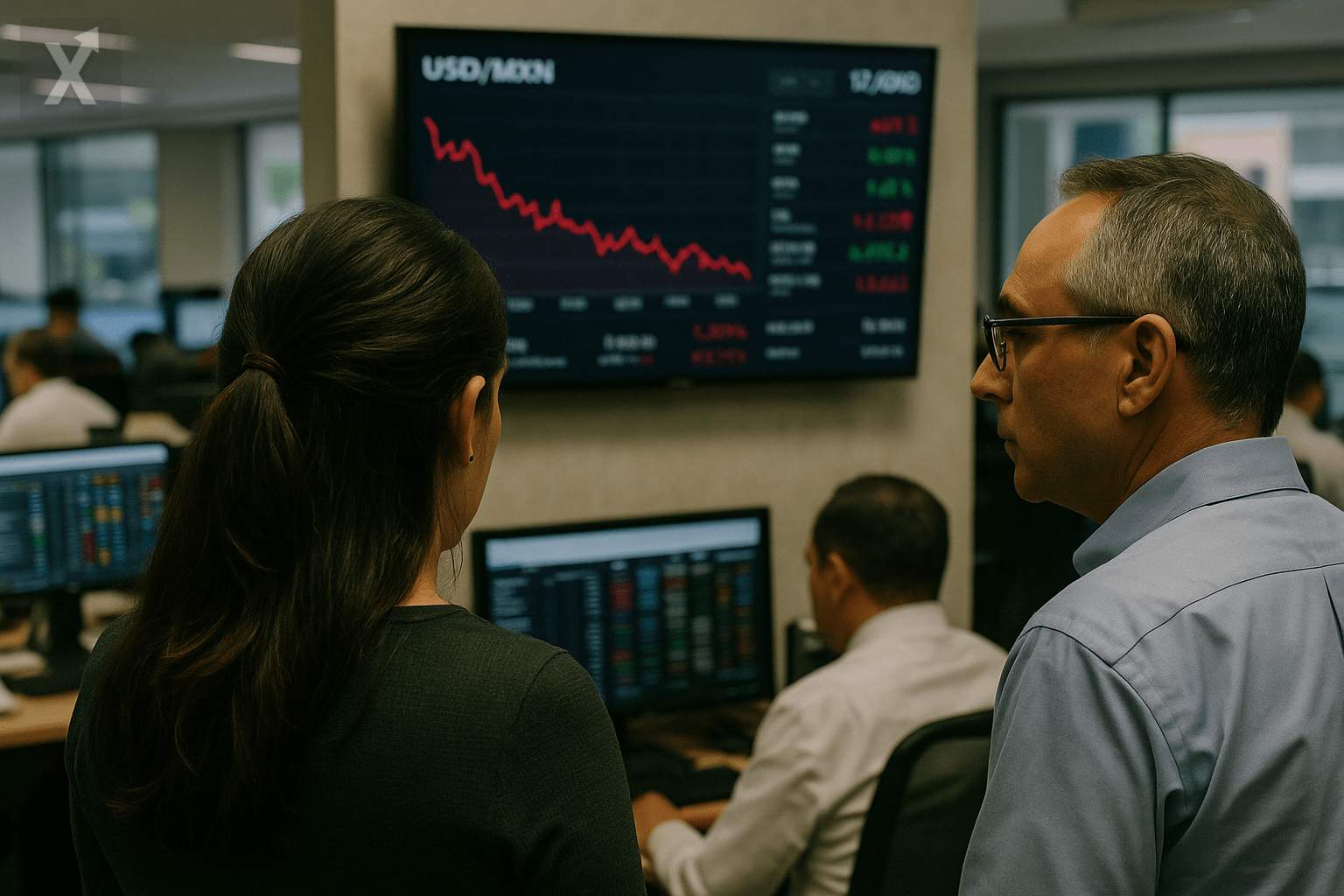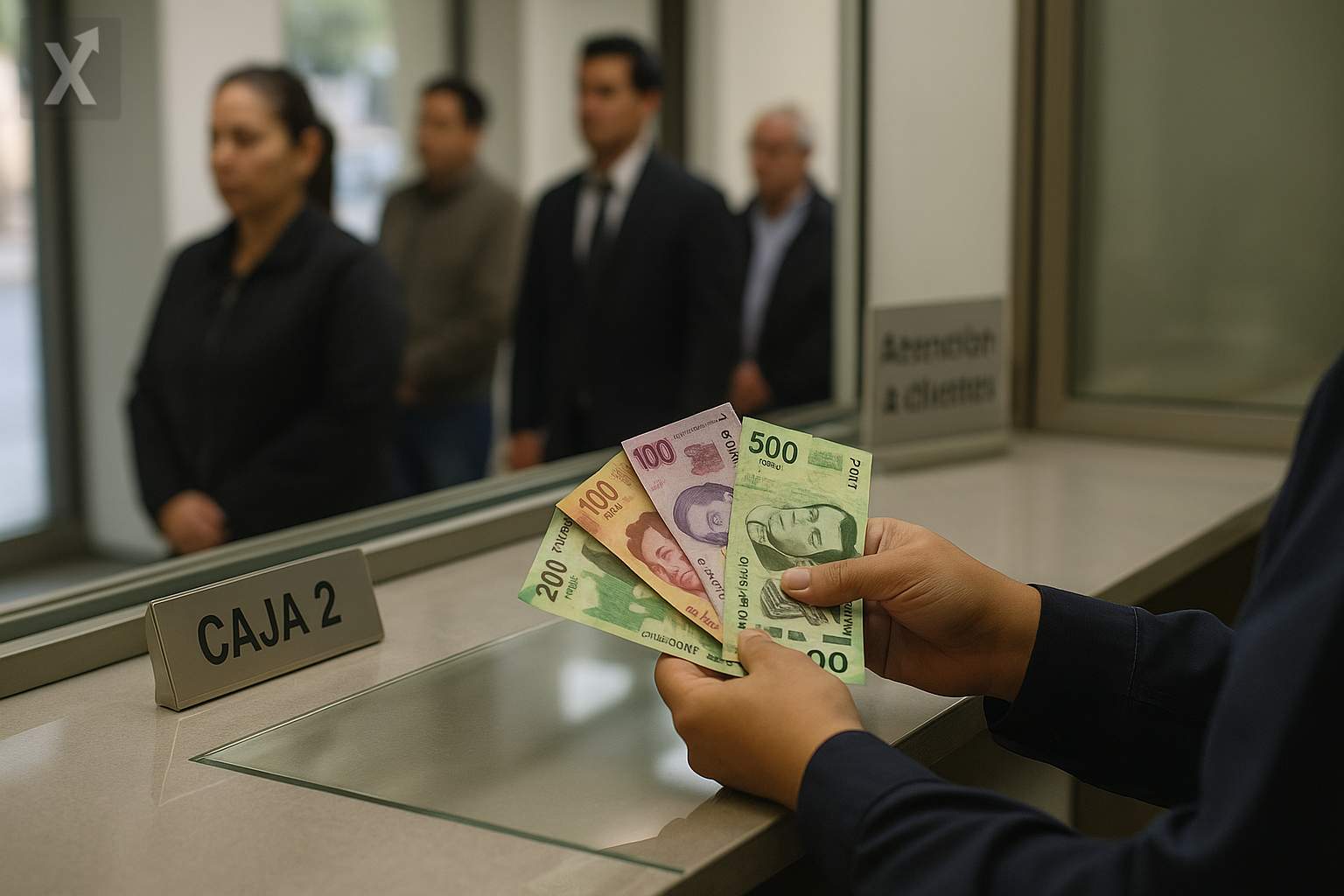Fed Rate Cut Expectations Create Uncertainty for Mexican Economic Outlook

The United States Federal Reserve (Fed) decided to keep its benchmark interest rate unchanged this Wednesday, although it maintained the outlook that borrowing costs could be lowered before the end of the year. The announcement comes amid less optimistic economic projections, with a downgrade in U.S. economic growth and expectations of more persistent inflation than previously forecast, partly due to the escalation of trade policies such as the recent imposition of new tariffs by the administration led by Donald Trump.
The Fed’s projections show economic growth of just 1.4% for 2024, annual inflation at 3%, and an unemployment rate that could rise to 4.5%, suggesting a scenario of stagnation with inflationary pressures. Despite these circumstances, policymakers at the U.S. central bank still anticipate two rate cuts in 2025, with marginal reductions in the years that follow, as part of a sustained effort to bring inflation back down to the 2% annual target.
The increase in U.S. tariffs and the expectation of a slower monetary easing cycle are having a significant impact on the Mexican economy. The United States is Mexico’s main trading partner and the top destination for its exports; for this reason, a slowdown in the U.S. economy tends to translate into lower demand for Mexican goods and services, while also putting pressure on key variables such as the exchange rate and investment flows.
Against this backdrop, the Mexican peso has experienced episodes of volatility, primarily due to uncertainty over the future of U.S. monetary policy and global trade tensions. The Bank of Mexico (Banxico) has kept its monetary policy in restrictive territory, in part due to caution regarding the external environment and the need to prevent a rapid depreciation of the peso from fueling internal inflationary pressures. Additionally, Mexico’s high interest rate aims to contain the effects of an adverse global context and keep local inflation anchored.
Looking ahead, the environment suggests that the Mexican economy could face additional challenges in the coming quarters, primarily due to weaker momentum in the U.S., increased risks in international trade, and tighter global financial conditions. At the same time, there are resilience factors, such as a diversified export base and the opportunity presented by nearshoring, with production chains looking to move closer to the North American market.
In summary, the Fed’s decision and the adjustment of its projections highlight the need for caution in Mexican economic policy. The trajectory of inflation, the exchange rate, and growth will largely be determined by the international environment, making it crucial to maintain constant monitoring and respond quickly to any sudden external changes.






